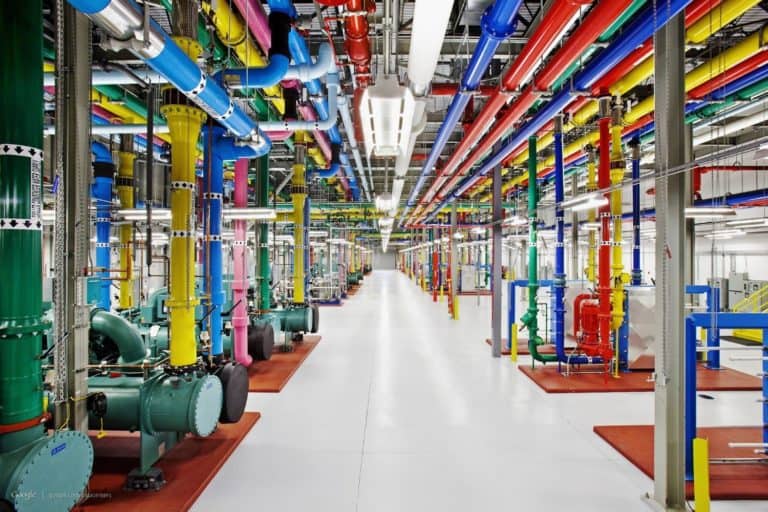The company will leverage its new computing platform as a way to “decarbonize” their electrical consumption
Google is planning to shift workloads from data center to data center based on availability of renewable energy, the company says. The plan is based on a “carbon-intelligent computing platform” that they announced earlier this year.
The next step is to start shifting workloads to maximize the use of that “green” computing platform.
Google CEO Sundar Pichai explained the plan at the company’s Tuesday’s livestreamed Google IO Keynote this week. He said they plan to start using the new platform next year for more than one third of its non-production workloads. It will start with media processing workloads, such as encoding and analyzing videos uploaded to YouTube or images uploaded to Google Photos and Drive.
Ross Koningstein, co-founder of Google’s Carbon-Intelligent Computing project, wrote about the project in a in a blog post this week. “By 2030, we plan to completely decarbonize our electricity use for every hour of every day, he wrote.
“One way we can do this is by adjusting our operations in real time so that we get the most out of the clean energy that’s already available.”
Google can now shift moveable compute tasks between different data centers, based on regional hourly carbon-free energy availability, Koningstein claims. This includes both variable sources of energy such as solar and wind. It also includes “always-on” carbon-free energy such as Google’s recently announced geothermal project.
“This moves us closer to our goal of operating on carbon-free energy everywhere, at all times, by 2030,” he stated.
How “carbon intelligence” works
The amount of computing going on at any given data center varies across the world, Koningstein explains. This increases or decreasing throughout the day. Google’s carbon-intelligent platform uses day-ahead predictions of how heavily a given grid will be relying on carbon-intensive energy in order to shift computing across the globe. That in turn allows Google to favor regions where there’s more carbon-free electricity.
“The new platform does all this while still getting everything that needs to get done, done, he says. “This means you can keep on streaming YouTube videos, uploading Photos, finding directions or whatever else.”
